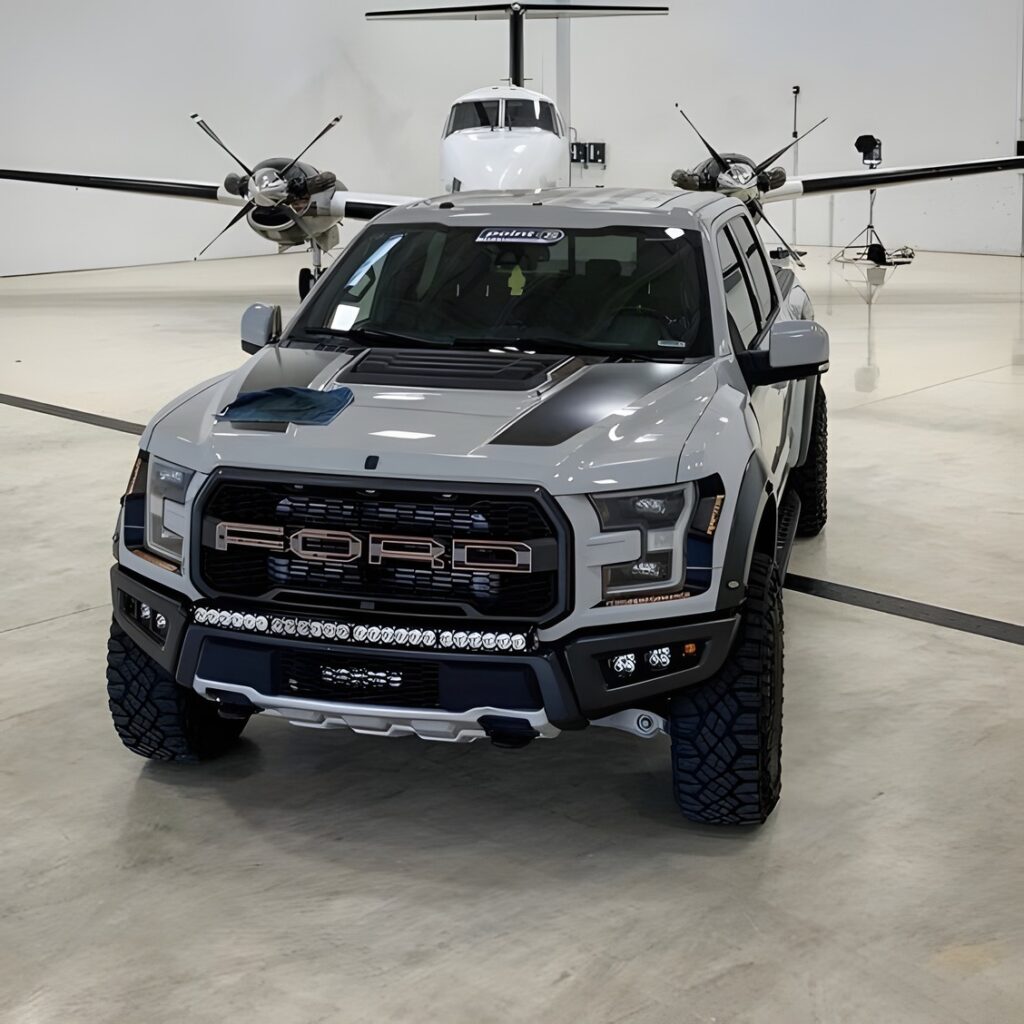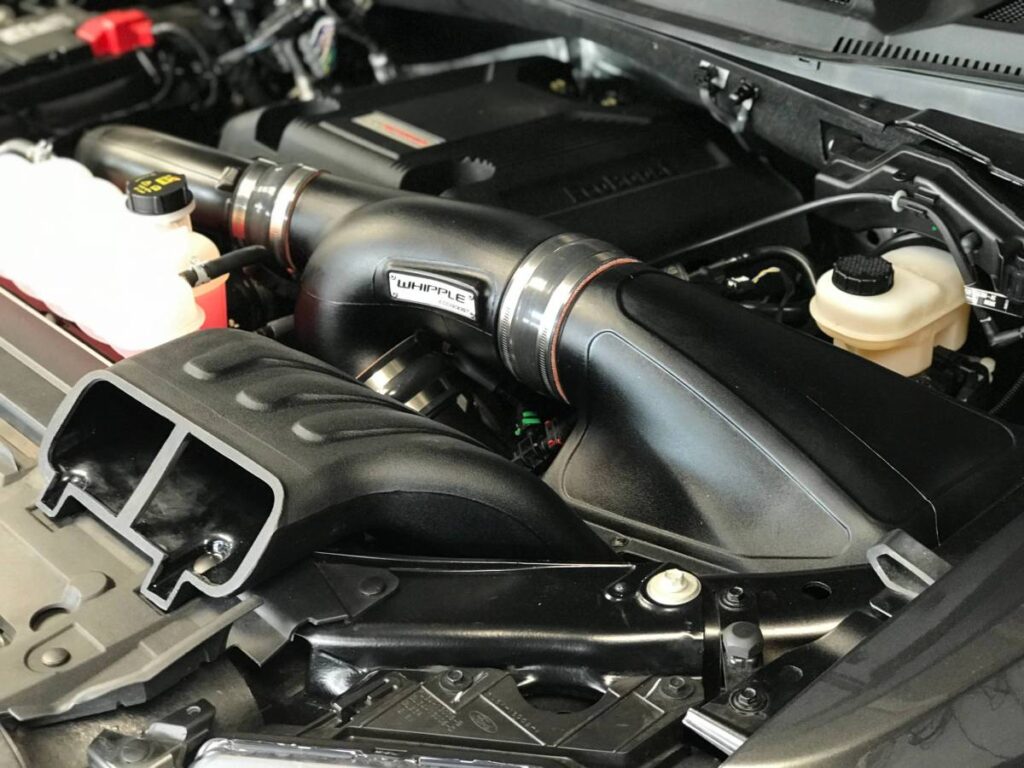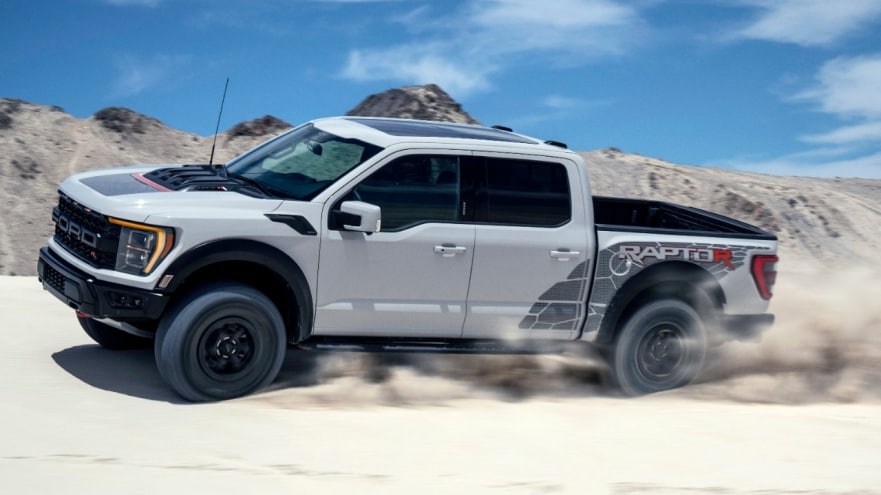Have you ever heard an engine roar so loud it felt like it was challenging you to a duel? That’s the Ford Raptor for you, a beast of a truck that doesn’t just look tough—it’s packed with engineering wizardry that could save you some serious cash at the pump.
I remember the first time I saw one parked near a hangar, looking like it was ready to take off with the plane behind it. My jaw dropped, and my wallet shivered a little thinking about the fuel bill.
But hold on—today, we’re diving into the top three little-known innovations in the Raptor’s EcoBoost engine development. These aren’t just techy details; they’re money-saving, safety-boosting gems that might just make you rethink this truck’s reputation. Let’s roll!
The Power of the 3.5-Liter EcoBoost V6: A Fuel-Sipping Giant

First off, let’s talk about the heart of the second-generation Ford Raptor—the 3.5-liter EcoBoost V6. This isn’t your grandpa’s V8; it’s a twin-turbocharged marvel that pumps out 450 horsepower and 510 lb-ft of torque. Sounds like a gas-guzzler’s dream, right? Well, not quite. Ford swapped out the older 6.2-liter V8 for this bad boy in 2017, and the switch was a game-changer.
The EcoBoost uses direct fuel injection, which sprays fuel into the engine with pinpoint accuracy, burning it more efficiently than a V8 ever could. That means fewer trips to the gas station—potentially saving you hundreds over a year if you’re hauling gear or tearing up trails.
I’ll admit, I was skeptical at first. A few years back, I rented a truck for a camping trip, and the fuel costs nearly turned my wallet into a paperweight.
But when I learned about the EcoBoost’s efficiency—thanks to that clever fuel injection—I started imagining weekend adventures without the guilt of a bankrupt bank account. It’s like the truck’s saying, “Hey, let’s save some green while we kick up the dirt!”
And with twin turbos kicking in to boost power without guzzling extra fuel, it’s a win-win. Maybe I’ll trade my old clunker for one—though I’d probably still spill coffee on the seats the first day.
The Twin-Turbo Twist: Power Without the Price Tag
Now, let’s get into the twin-turbo system—oh boy, this is where the Raptor starts feeling like a superhero with a secret identity.
These turbos force extra air into the engine, giving it that extra oomph for off-road heroics, but here’s the kicker: they do it without sucking your bank account dry. Unlike older turbo setups that could be finicky and fuel-hungry, Ford’s engineers fine-tuned this one to work seamlessly with the EcoBoost’s design.
It’s like giving the engine a double espresso shot without the jitters—or the bill. The result? You get that 510 lb-ft of torque to climb rocky hills or tow heavy loads, all while keeping fuel costs lower than you’d expect from a truck this beefy.
I think I first appreciated this when I watched a friend’s Raptor tackle a muddy trail last summer. The thing growled like a bear waking from hibernation, yet he shrugged off my “gas station bankruptcy” joke with a grin.
“It’s not that bad,” he said, and sure enough, his fuel log showed decent mileage for a monster truck. Me? I’d probably still panic at every pump, muttering, “Did I leave the turbo on?”
But it’s cool to know Ford’s engineers sweated the small stuff—maybe even argued over coffee about which turbo size would save the most cash. Perhaps they deserve a high-five for that!
Overcoming Challenges: From V8 to V6 with a Safety Net

The switch from a V8 to this EcoBoost V6 wasn’t a walk in the park—Ford’s team had to overcome some serious hurdles. The old V8 was a powerhouse, but it was heavy and thirsty.
The new engine needed to match that muscle while shedding weight and improving efficiency—talk about a tall order! They tackled this by optimizing the turbo system and refining the engine’s internals, ensuring it could handle the Raptor’s rough-and-tumble lifestyle.
This wasn’t just about saving fuel; it’s about safety too. A lighter, more efficient engine reduces strain on the truck’s frame, making it less likely to break down on those wild off-road jaunts.
Plus, with better control from that torque, you’re less likely to roll into a ditch—saving your health and your pride!
I’ve got a funny story about this. Last year, I tried “off-roading” in my cousin’s old truck—more like a grocery getter with delusions of grandeur. We hit a bump, and I swear the suspension screamed louder than I did.
If that had been a Raptor, the long-travel suspension and EcoBoost might’ve saved us from a muddy faceplant. Instead, I spent the day cleaning mud off my jeans, wondering if Ford’s engineers could invent a “don’t-be-an-idiot” mode.
Maybe they should—though I’d probably still find a way to test its limits. The point is, this engine evolution isn’t just techie flexing; it’s about keeping you safe and solvent, one trail at a time.
Wrapping It Up with a Grin

So, there you have it—the top three little-known innovations in the Ford Raptor’s EcoBoost engine that could save your wallet and keep you safe. From the fuel-sipping direct injection to the twin-turbo twist and the V8-to-V6 triumph, this truck’s heart is a blend of brains and brawn.
I’m half-tempted to test-drive one myself, though I’d probably end up naming it “Money-Saver” and apologizing to it after every muddy adventure. My advice? If you’re into off-roading or just love a truck with character, give the Raptor a look—it might just surprise you with its efficiency and rugged charm.
As my friend likes to say, “Drive it like you stole it, but pay for it like a saint!” Maybe I’ll stick to that philosophy—after I figure out how to avoid spilling coffee, of course.
